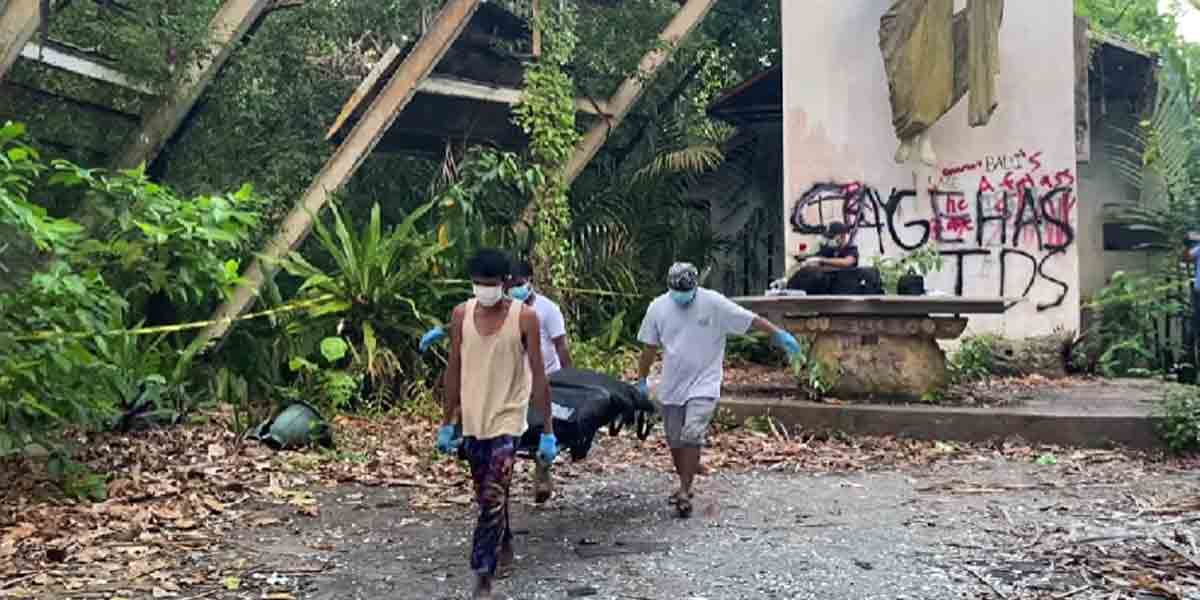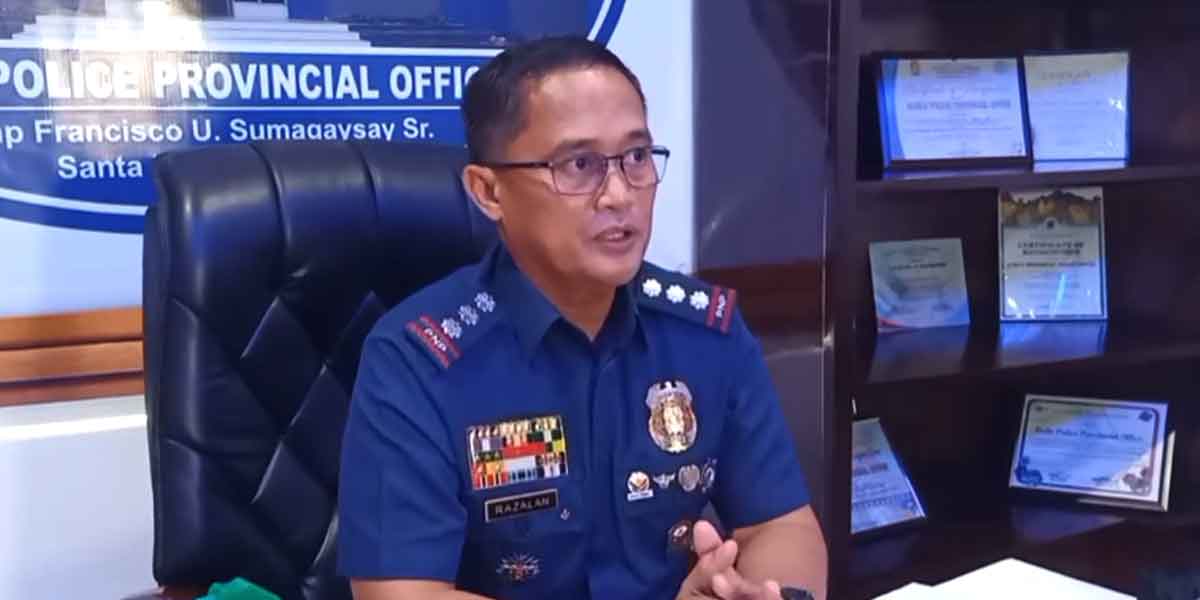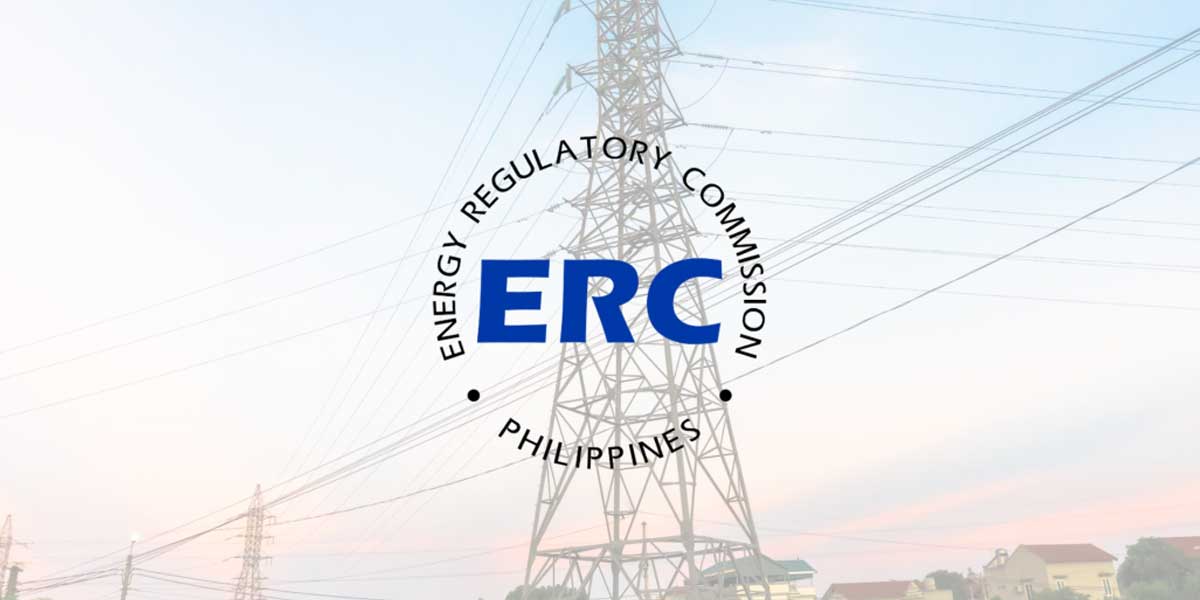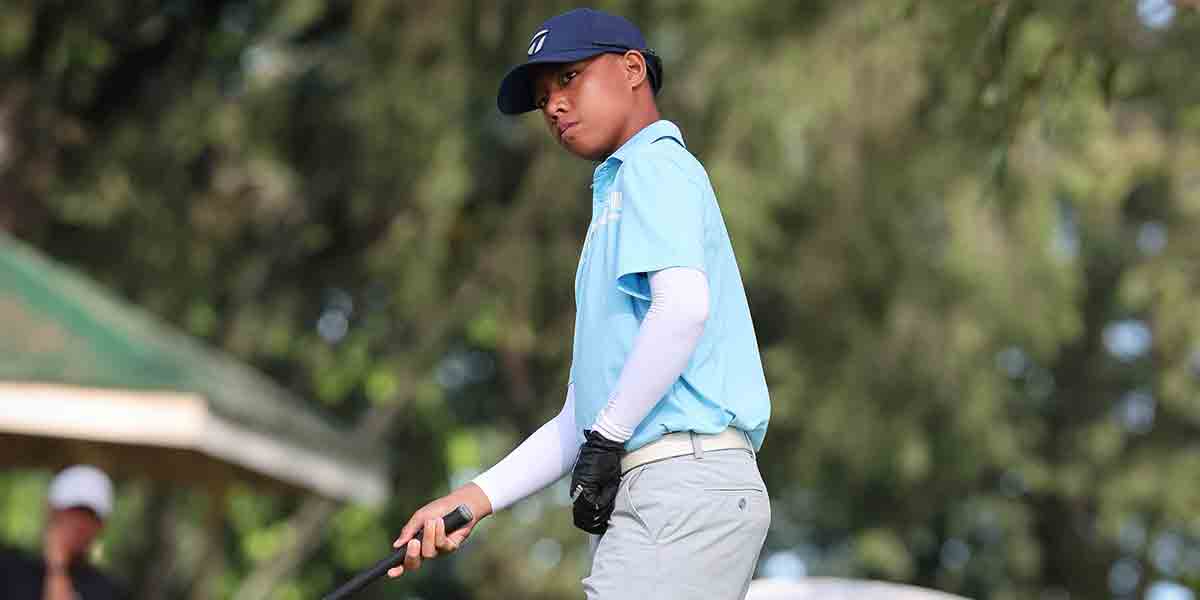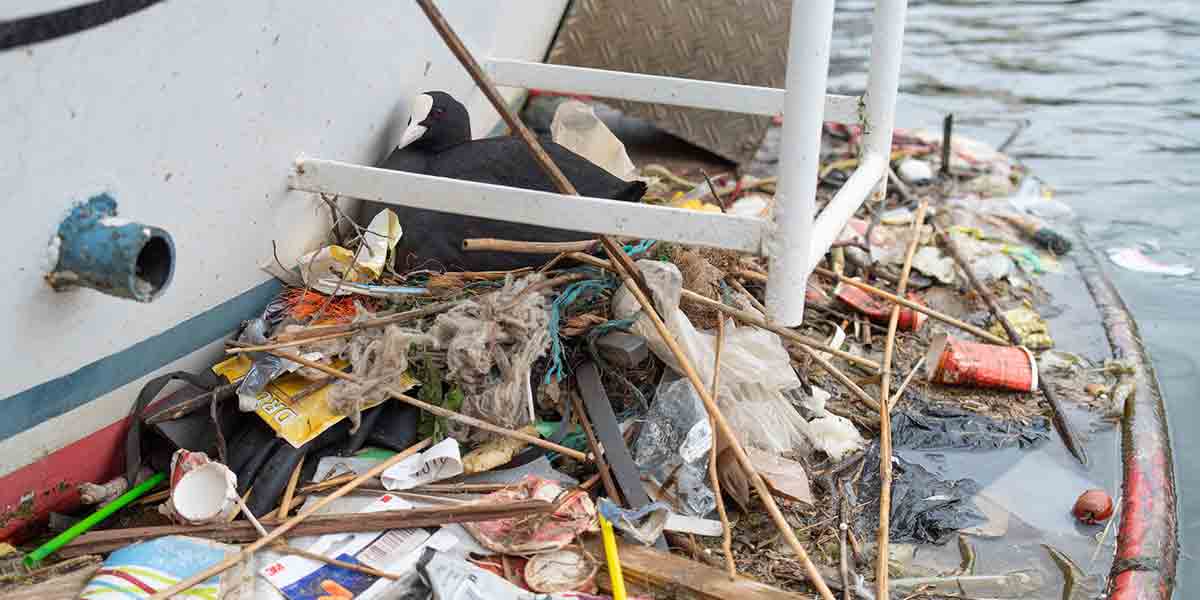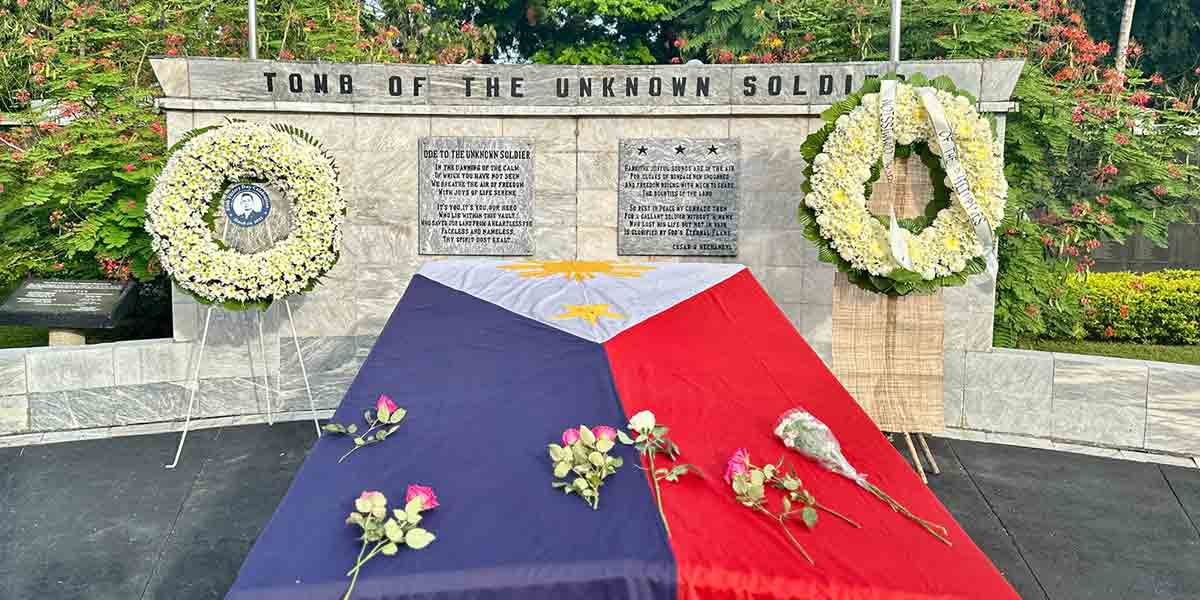 By Atty. Eduardo T. Reyes III
By Atty. Eduardo T. Reyes III
Loosely called rumor (“tsismis”), hearsay had always been denigrated as a worthless piece of evidence. This is because “Under the Rules of Court, “[a] witness can testify only to those facts which he knows of his [or her] personal knowledge[.]” The evidence is hearsay when it is “not … what the witness knows himself [ or herself] but of what he [ or she] has heard from others. “ The rule excluding hearsay evidence is not limited to oral testimony or statements, but also covers written statements. The rule is that hearsay evidence “is devoid of probative value[.]” (Genevieve Rosal Arreza, a.k.a. “Genevieve Arreza Toyo” v. Tetsushi Toyo, et al., G.R. No. 213198. July 1, 2019).
In a previous article from this columnist entitled “The jurisdiction of the International Criminal Court (ICC)”, it was opined that the ICC cannot exercise jurisdiction unless the State concerned had given its consent by an act of ratification “through Senate concurrence” to the Rome Statute where the creation of the ICC can be found.
As a spin-off to the issue that was addressed in the previous article, the next legal issue appertains to the assertion that since the complaint for “genocide or crimes against humanity by murder” which was lodged with the ICC, is mostly based on news reports, which are considered as hearsay, then the case cannot prosper.
And so the issues that nag are: 1)Are news reports hearsay?; and, 2) Assuming that news reports are hearsay, are they totally worthless?
Given that this column always looks to pertinent jurisprudence when making assertions (in order to avoid non-sequiturs), again, the questions will be answered by citing pertinent case law.
In JOSEPH E. ESTRADA v. ANIANO DESIERTO et al [G.R. Nos. 146710-15. April 3, 2001]; JOSEPH E. ESTRADA, v. GLORIA MACAPAGAL-ARROYO, [G.R. No. 146738. April 3, 2001], the Supreme Court was confronted with these exact issues.
In the wake of the protest by the prosecutors led by then Congressman Joker P. Arroyo, when the Impeachment Court decided against the opening of the “second envelope” which purportedly contained proof that then President Joseph Estrada had stashed a fortune in a secret bank account, people took to the streets to demand that he step down as president. Imploding from the mounting pressure asking him to resign, as recounted in the famous diary of then Executive Secretary Edgardo Angara, President Estrada, with a rather resigned look, lamented that he was so tired of all the politics and that he just wanted to go home. And off to his San Juan home he went through the back door of Malacañang Palace by the Pasig River.
Heavily relying on “news reports” which discussed the contents of the “Angara Diary”, the Supreme Court ruled that President Estrada had indeed resigned. Thus:
“Even assuming arguendo that the Angara Diary was an out of court statement, still its use is not covered by the hearsay rule. Evidence is called hearsay when its probative force depends, in whole or in part, on the competency and credibility of some persons other than the witness by whom it is sought to produce it. There are three reasons for excluding hearsay evidence: (1) absence of cross examination; (2) absence of demeanor evidence, and (3) absence of the oath. Not at all hearsay evidence, however, is inadmissible as evidence. Over the years, a huge body of hearsay evidence has been admitted by courts due to their relevance, trustworthiness and necessity. The emergence of these exceptions and their wide spread acceptance is well-explained by Weinstein, Mansfield, Abrams and Berger as follows: x x x
On the other hand, we all make decisions in our everyday lives on the basis of other person’s accounts of what happened, and verdicts are usually sustained and affirmed even if they are based on hearsay erroneously admitted, or admitted because no objection was made. See Shepp v. Uehlinger, 775 F 2d 452, 454-455 (1st Cir. 1985) (hearsay evidence alone can support a verdict).
X x x
Moreover, some commentators believe that the hearsay rule should be abolished altogether instead of being loosened. See, e.g., Note, The Theoretical Foundation of the Hearsay Rules, 93 Harv.L.Rev. 1786, 1804-1805, 1815 (1980) (footnotes omitted): x x x
The Angara Diary contains direct statements of petitioner which can be categorized as admissions of a party: his proposal for a snap presidential election where he would not be a candidate; his statement that he only wanted the five-day period promised by Chief of Staff Angelo Reyes; his statements that he would leave by Monday if the second envelope would be opened by Monday and Pagod na pagod na ako. Ayoko na, masyado nang masakit. Pagod na ako sa red tape, bureaucracy, intriga. (I am very tired. I dont want any more of this its too painful. Im tired of the red tape, the bureaucracy, the intrigue). I just want to clear my name, then I will go. We noted that days before, petitioner had repeatedly declared that he would not resign despite the growing clamor for his resignation. The reason for the meltdown is obvious – – – his will not to resign has wilted.”
Thus, hearsay evidence cannot be totally discounted altogether. Just recently, the new rules on Evidence took effect. Section 50, Rule 130 of A.M. No. 19-08-15-SC or the 2019 Revised Rules on Evidence, now allows courts to admit hearsay evidence under the “Residual Exception” rule.
The “residual exception” would refer to (1)statements made out of court made by one who is not testifying in the case, and (2) are offered to prove the truth of such statements which would actually fall within the ambit of “hearsay evidence”. However, such statements, although not falling within any of the exceptions to the hearsay rule as specifically identified and named by the 2019 Rules on Evidence, are in the same category.
Thus, for a hearsay piece of evidence to be considered as within the expanded wingspan of the 2019 Rules on Evidence which it now calls “residual exception”, the following requisites must concur, to wit:
1)The hearsay statement must be “trustworthy”;
2)The Court determines that:
a. The statement is offered as evidence of a material fact;
b. The statement is more probative on the point for which it is offered than any other evidence which the proponent can procure through reasonable efforts; and
c. The general purposes of these rules and the interests of justice will be best served by admission of the statement into evidence
3)The proponent makes known to the adverse party, sufficiently in advance of the hearing, or by the pre-trial stage in the case of a trial of the main case, to provide the adverse party with a fair opportunity to prepare to meet it, the proponent’s intention to offer the statement and the particulars of it, including the name and address of the declarant.
Finally, in preliminary investigations (or preliminary examination in the ICC), only probable cause is required. And the doctrinal-ruling on this matter is that: “Probable cause can be established with hearsay evidence, as long as there is substantial basis for crediting the hearsay.” It needs further stressing that for the determination of probable cause, the average person weighs such facts and circumstances without knowledge of the technical rules of evidence and relies purely on common sense of which all reasonable persons have in abundance.
(Mario L. Relampagos, et al. v. Sandiganbayan (Second Division) and People of the Philippines, G.R. No. 235480. January 27, 2021).
Indeed, hearsay evidence is not weightless or useless altogether. Even courts stop and take the time to listen to what hearsay has to say.
(The author is the senior partner of ET Reyes III & Associates– a law firm based in Iloilo City. He is a litigation attorney, a law professor and a book author. His website is etriiilaw.com).

